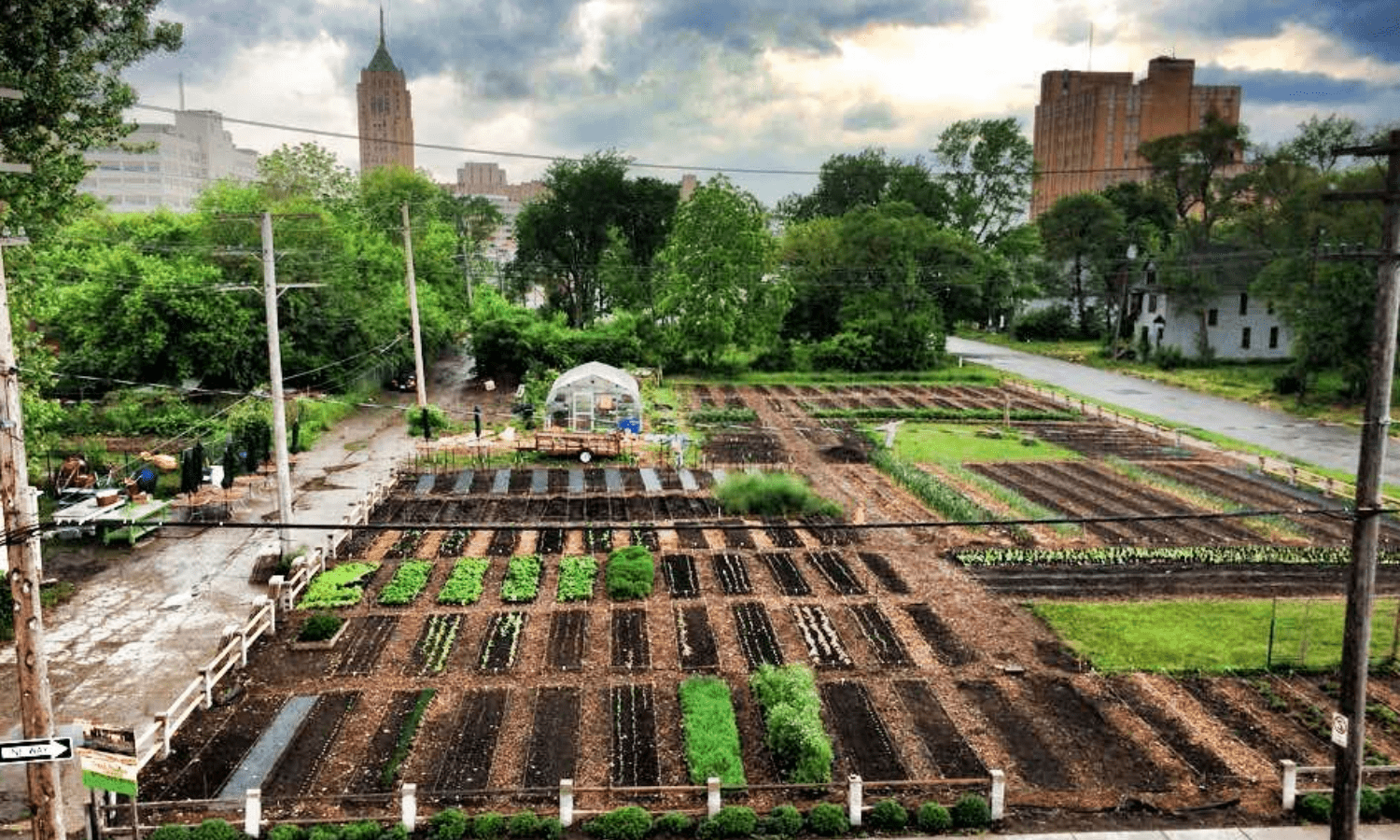How to Start Urban Rooftop Gardening

Imagine transforming your urban rooftop into a lush, green oasis. Urban rooftop gardening is not just a trend; it's a sustainable and rewarding way to bring nature into your city life. Whether you're looking to grow fresh produce, create a relaxing retreat, or contribute to a greener environment, urban rooftop gardening offers a myriad of benefits. Let's dive into the world of urban agriculture and explore how you can start your own rooftop garden.
Understanding Urban Rooftop Gardening
Urban rooftop gardening is the practice of cultivating plants on the roofs of buildings in urban areas. This form of urban agriculture not only beautifies the cityscape but also promotes sustainable living. By utilizing vertical gardening techniques and container gardening, you can create a green roof that is both aesthetically pleasing and environmentally friendly.
Benefits of Urban Rooftop Gardening
Improved Air Quality
Plants act as natural air filters, absorbing pollutants and releasing oxygen. A rooftop garden can significantly improve the air quality in your immediate environment, making it a healthier place to live.
Reduced Urban Heat Island Effect
Green roofs help mitigate the urban heat island effect by absorbing heat and providing shade. This can lead to cooler temperatures in your building and the surrounding area.
Increased Biodiversity
Rooftop gardens provide habitats for various species, including birds, bees, and butterflies. By creating a green space, you contribute to the biodiversity of your city.
Fresh Produce at Your Doorstep
Growing your own fruits and vegetables is not only satisfying but also ensures that you have access to fresh, organic produce. Imagine picking ripe tomatoes or fresh herbs right from your rooftop!
Getting Started with Urban Rooftop Gardening
Assess Your Rooftop
Before you start planting, it's crucial to assess the structural integrity of your rooftop. Ensure that it can support the weight of soil, plants, and water. Consult with a structural engineer if necessary.
Choose the Right Plants
Select plants that are suitable for your climate and the conditions on your rooftop. Consider factors such as sunlight exposure, wind, and temperature. Some popular choices for rooftop gardens include herbs, leafy greens, and drought-tolerant plants.
Container Gardening
Container gardening is an excellent option for rooftop gardens. Choose lightweight, durable containers that can withstand the elements. Ensure that your containers have adequate drainage to prevent waterlogging.
Vertical Gardening
Vertical gardening allows you to maximize space by growing plants upwards. Use trellises, wall planters, or hanging baskets to create a lush, vertical garden. This technique is perfect for small rooftops or those with limited space.
Designing Your Urban Rooftop Garden
Layout and Design
Plan the layout of your rooftop garden carefully. Consider the placement of different elements such as seating areas, pathways, and planting zones. A well-designed garden will not only be functional but also visually appealing.
Irrigation System
An efficient irrigation system is essential for maintaining a healthy rooftop garden. Consider installing a drip irrigation system or using self-watering containers to ensure that your plants receive the right amount of water.
Maintenance Tips
Regular maintenance is key to the success of your rooftop garden. Keep an eye on your plants for signs of pests or diseases. Prune and fertilize as needed to promote healthy growth.
Sustainable Living through Urban Rooftop Gardening
Urban rooftop gardening is a step towards sustainable living. By growing your own food, you reduce your carbon footprint and contribute to a greener planet. Additionally, rooftop gardens can help conserve water by capturing rainwater and reducing runoff.

Conclusion
Urban rooftop gardening is a rewarding and sustainable way to bring nature into your city life. By following the tips and ideas outlined in this article, you can transform your rooftop into a thriving green oasis. Whether you're growing fresh produce, creating a relaxing retreat, or contributing to a greener environment, the benefits of urban rooftop gardening are countless. So, why wait? Start planning your rooftop garden today and enjoy the fruits of your labor!
FAQs
What are the best plants for a rooftop garden?
- The best plants for a rooftop garden depend on your climate and the conditions on your rooftop. Some popular choices include herbs, leafy greens, and drought-tolerant plants like succulents.
How do I ensure my rooftop can support a garden?
- Before starting your rooftop garden, assess the structural integrity of your rooftop. Consult with a structural engineer to ensure that it can support the weight of soil, plants, and water.
What is vertical gardening?
- Vertical gardening is a technique that involves growing plants upwards using trellises, wall planters, or hanging baskets. It's an excellent way to maximize space in a rooftop garden.
How can I maintain my rooftop garden?
- Regular maintenance is key to the success of your rooftop garden. Keep an eye on your plants for signs of pests or diseases. Prune and fertilize as needed to promote healthy growth.
What are the benefits of urban rooftop gardening?
- Urban rooftop gardening offers numerous benefits, including improved air quality, reduced urban heat island effect, increased biodiversity, and access to fresh produce. It also promotes sustainable living and contributes to a greener environment.

By embracing urban rooftop gardening, you're not just creating a beautiful space; you're making a positive impact on your environment and your community. So, let's get started and turn your rooftop into a green haven!
0 Response to "How to Start Urban Rooftop Gardening"
Post a Comment